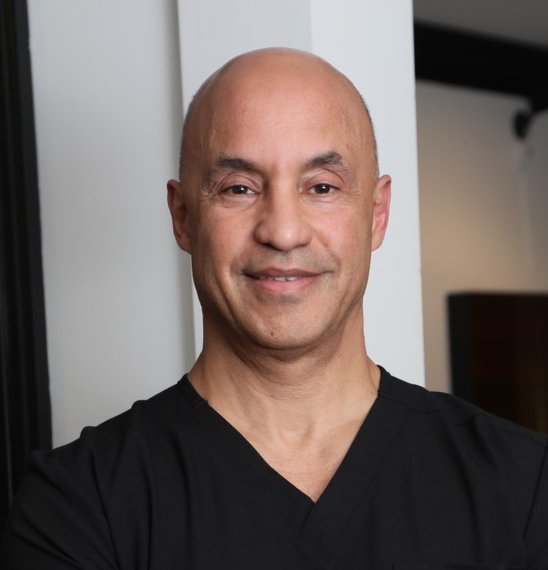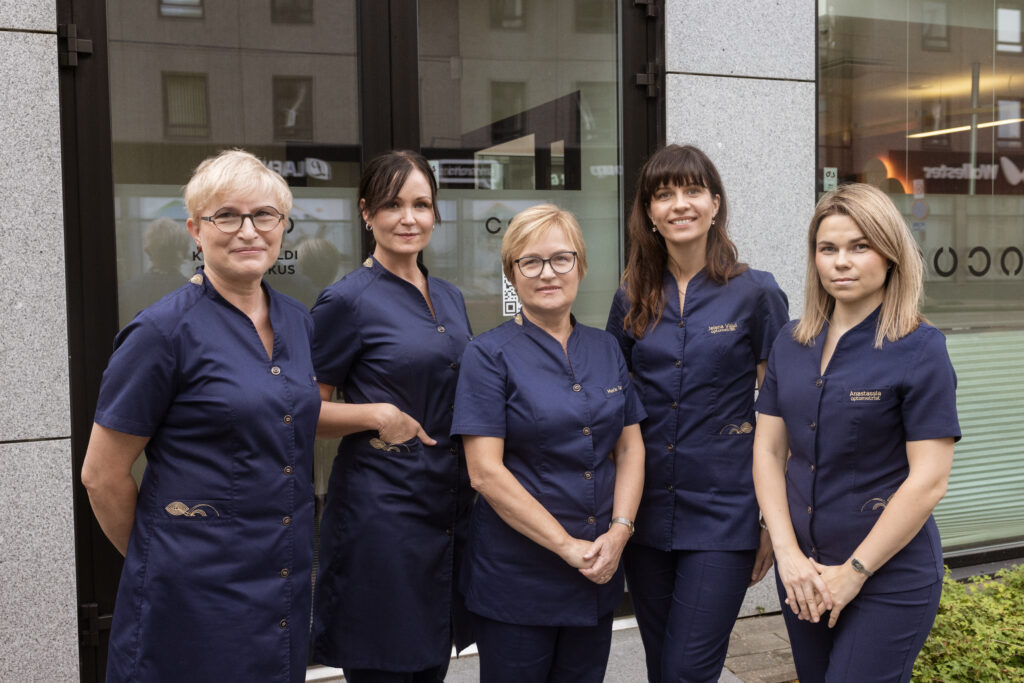What are the contraindications for OptiLight IPL treatment?
If you have any of the following conditions, you should consult your doctor before starting treatment:
-
cancer
-
vitiligo
-
systemic lupus erythematosus
-
psoriasis
-
epilepsy
-
herpes in the facial area
-
ongoing photosensitizing therapy
-
blood clotting disorder
-
use of blood thinners



